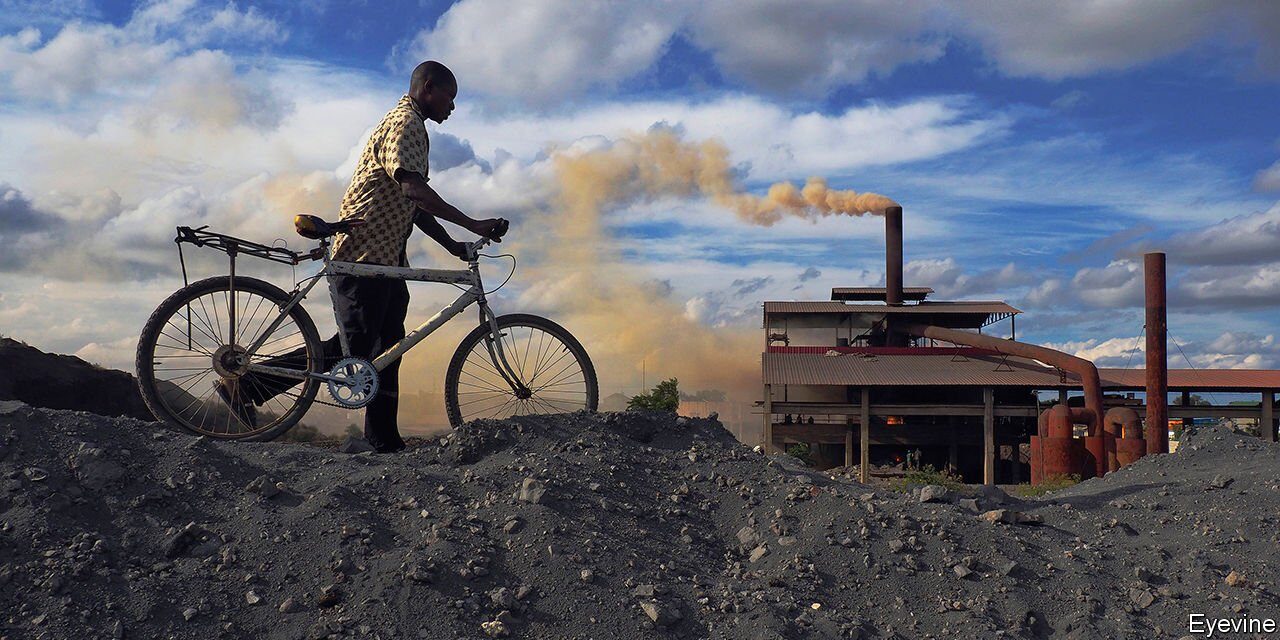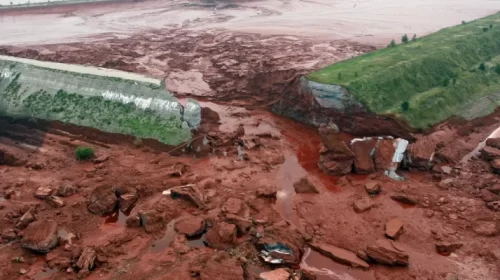Zambia: Hope for Kabwe Lead Poisoning Victims
The Zambian government’s recent actions to address the toxic legacy of lead in Kabwe, in central Zambia, brings hope to affected communities, 15 Zambian and international nongovernmental organizations said today.
In March 2022, Zambia’s President Hakainde Hichilema established a new technical committee to tackle extreme levels of lead pollution from a former mine and smelter in Kabwe, and to protect human health and the environment. The committee met for the first time on June 3 at the Ministry of Green Economy and the Environment and will propose a plan for a sustainable solution to the contamination in Kabwe.
“The Zambian government’s willingness to seek a long-term, sustainable solution together with stakeholders is a crucial development for addressing the environmental disaster in Kabwe,” said Namo Chuma, director of the Kabwe-based Environment Africa. “As civil society, we stand ready to support this process.”
The Ministry of Green Economy will oversee the committee, with representatives from the Zambia Environment Management Agency, the Ministry of Local Government and Rural Development, the University of Zambia, and civil society organizations. The president has asked nongovernmental organizations to take an active role in the committee’s work, expressing appreciation for their efforts to address lead pollution.
Kabwe was the site of a mine and smelter that polluted the environment with extremely high levels of lead. The mine was originally owned by British colonial companies, including Anglo American, from 1925 to 1974, and later nationalized. Already in 1936, doctors’ certificates revealed that smelter workers experienced lead poisoning. Although the mine was closed in 1994, its waste was never cleaned up, and lead dust from the uncovered waste dumps continues to blow to nearby residential areas, polluting homes, yards, schools, and play areas.
Medical researchers estimate that over 95 percent of children living in the vicinity of the former mine have elevated blood-lead levels, and about half the children urgently require medical intervention. Human Rights Watch has documented the harmful impact of the pollution on children’s health and education rights. Overall, up to 200,000 people have elevated blood lead levels. Ongoing hazardous small-scale mining at the former mine site compounds the situation.
“We hope that the technical committee will develop a concrete and feasible plan for the comprehensive clean-up of Kabwe mine waste that the government will promptly carry it out,” said Juliane Kippenberg, associate children’s rights director at Human Rights Watch. “This is a vital opportunity to protect the children of Kabwe.”
The issue of Kabwe lead contamination has received increasing attention in Zambia and internationally. Earlier in 2022, a United Nations report on violations of the right to a healthy environment highlighted the case of Kabwe as a “sacrifice zone.” In 2021, the UN special rapporteur on toxics and human rights wrote to the Zambian government, urging robust steps to ensure the health, safety, and well-being of local populations in Kabwe. Lawyers from South Africa and the United Kingdom have filed a class-action lawsuit against Anglo American on behalf of affected children and women of childbearing age in Kabwe.
“The contamination at the former Kabwe mine site has been left unaddressed for decades,” said Bishop Clement Mulenga of Kabwe Diocese. “We encourage the committee to engage affected communities and publicly share information about their progress and findings.”
![]()





